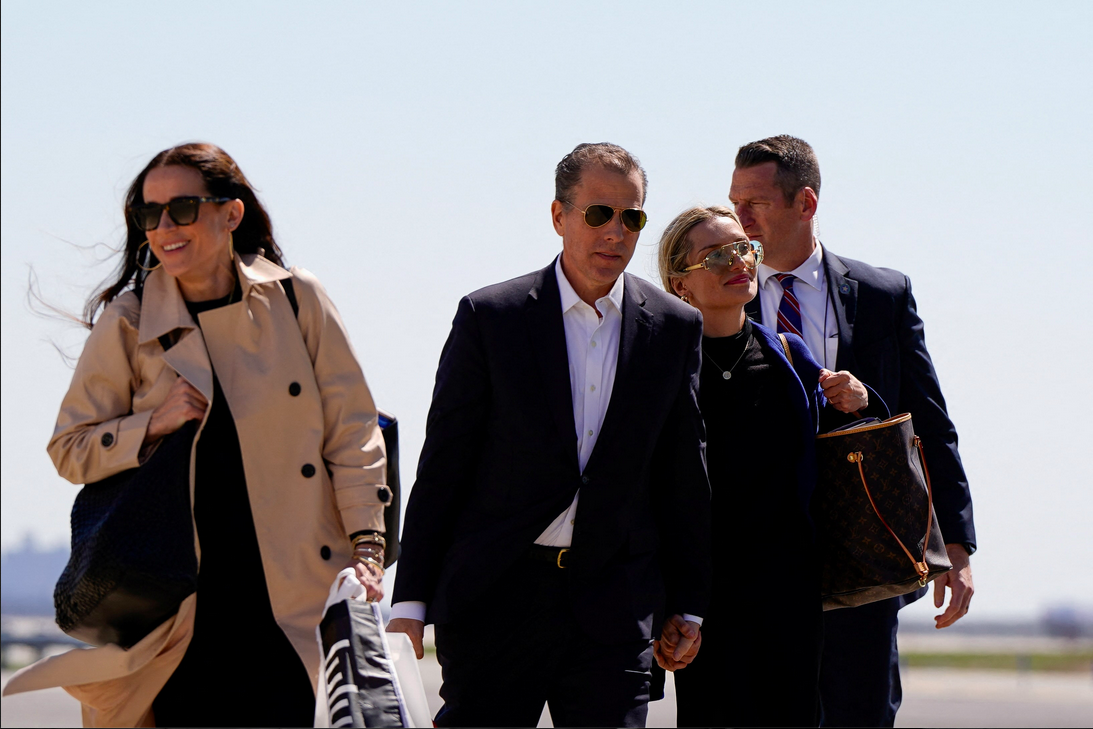Attacks On Teslas Go Into Overdrive As Violent Leftists Target Vehicles Across Country
Chuck Schumer Mocks ‘Greedy’ Americans Who Want to Pay Less Tax

Senate Minority Leader Chuck Schumer mocked “greedy” Americans reluctant to fund an extravagant, unchecked government that relentlessly prints money, during his Tuesday appearance on The View. “Their attitude is, ‘I made my money all by […]
The post Chuck Schumer Mocks ‘Greedy’ Americans Who Want to Pay Less Tax appeared first on The People’s Voice.
Mortgage Company Targets Decorated US Veteran After Hurricane Helene Destroys Home
Trump & Putin Phone Call Went “Very Well” & “The World Has Become a Much Safer Place Today”
Hospitals Ask Parents If Newborn Babies Identify as Gay, Transgender, Genderqueer or Homosexual
Trump Axes Hunter Biden’s Secret Service Detail Following Dinner with Ellen DeGeneres

President Donald Trump has abruptly ended Secret Service protection for Hunter and Ashley Biden, slamming their extravagant lifestyles as a jaw-dropping burden on American taxpayers. The announcement, sparked by Hunter’s extravagant trip to South Africa […]
The post Trump Axes Hunter Biden’s Secret Service Detail Following Dinner with Ellen DeGeneres appeared first on The People’s Voice.
